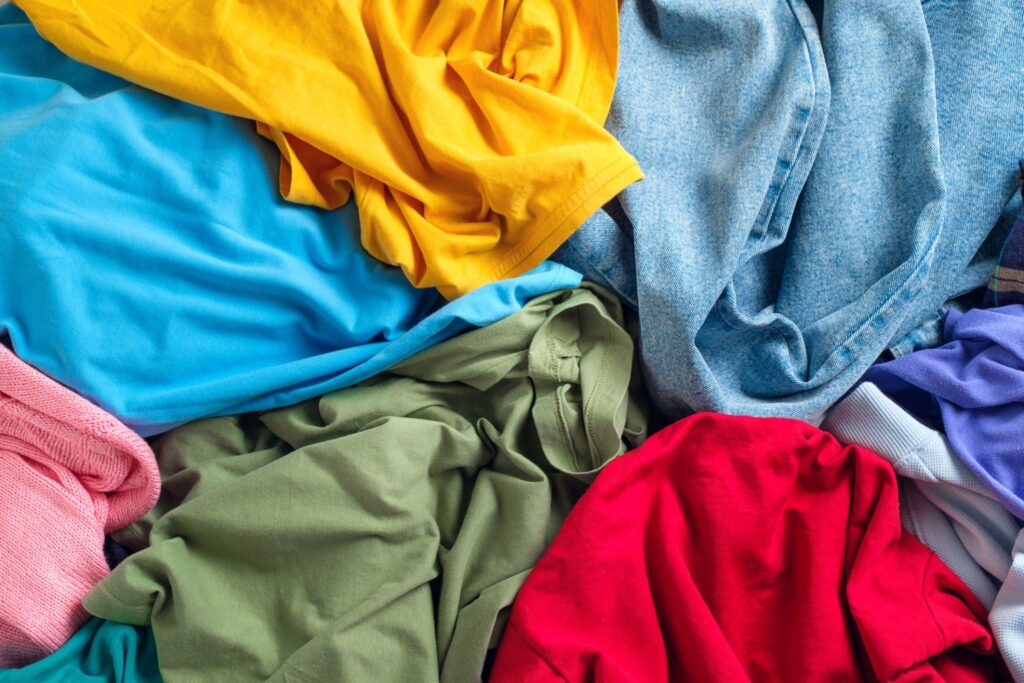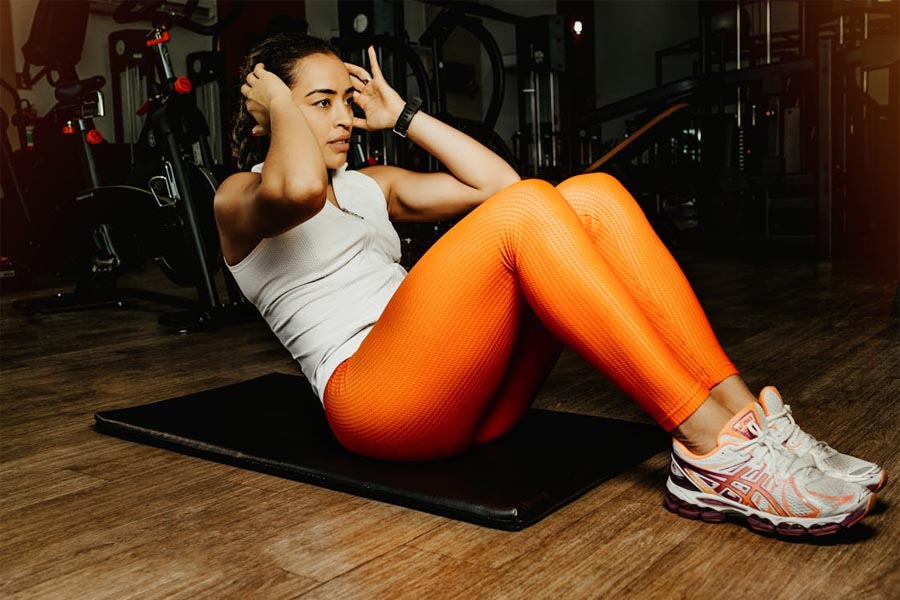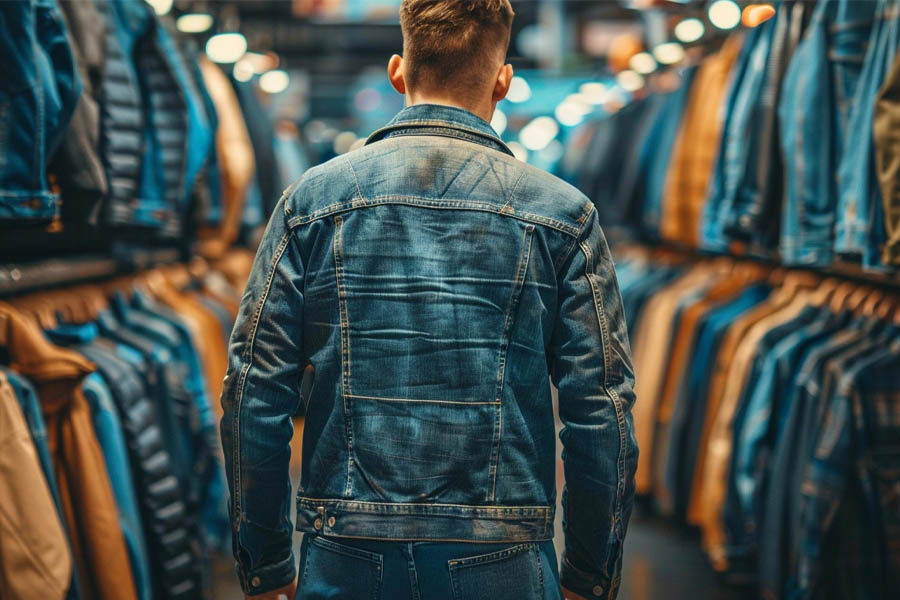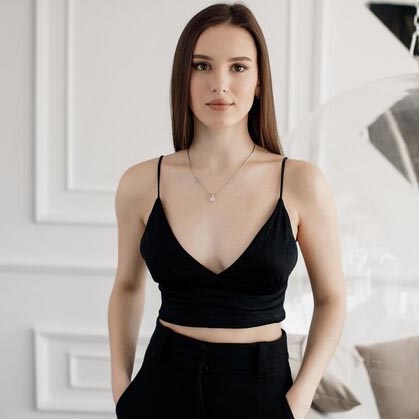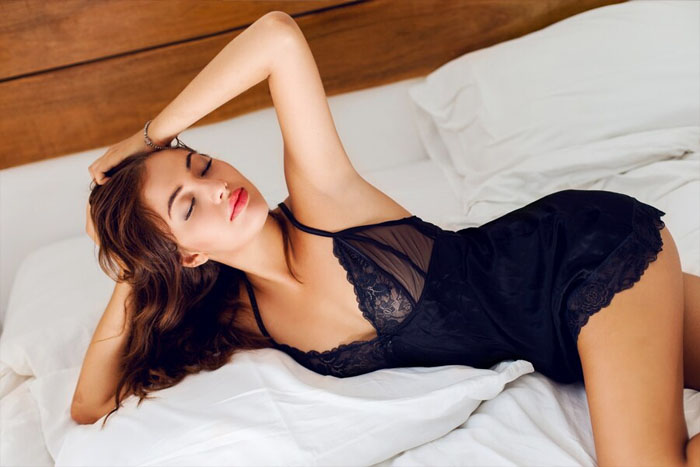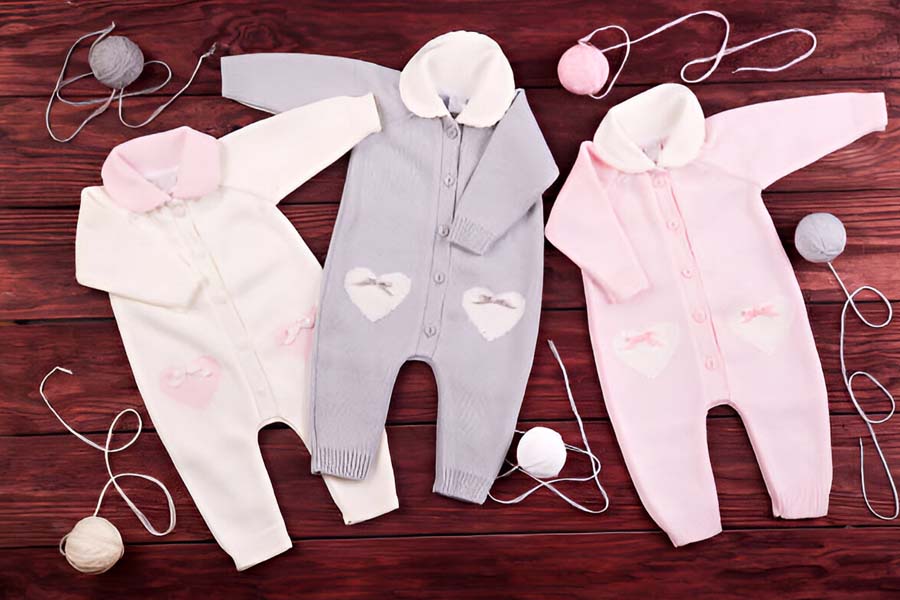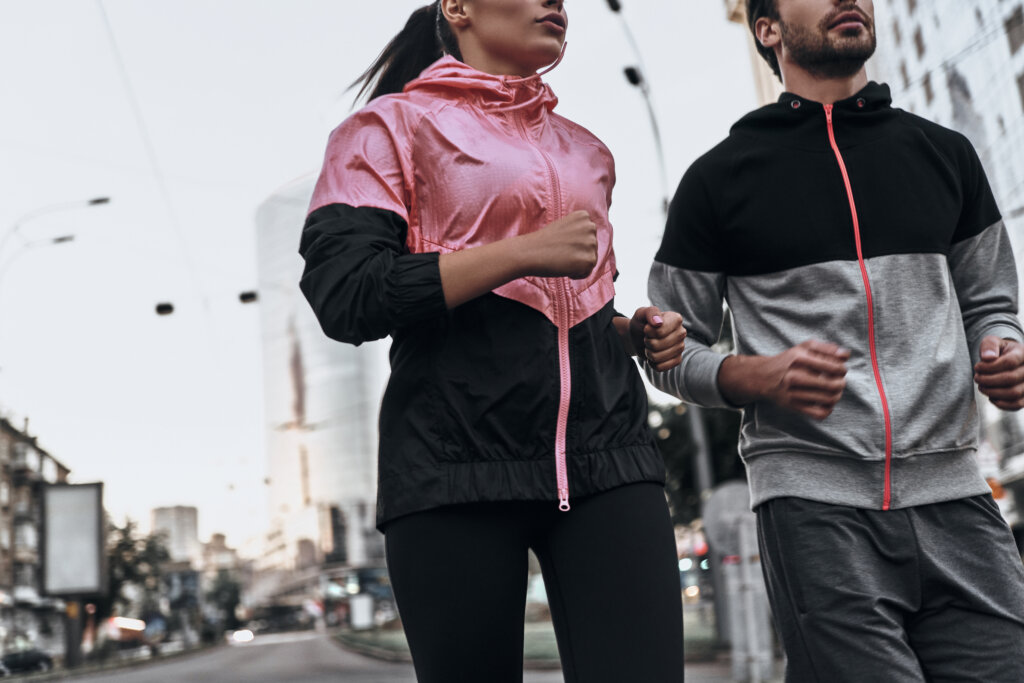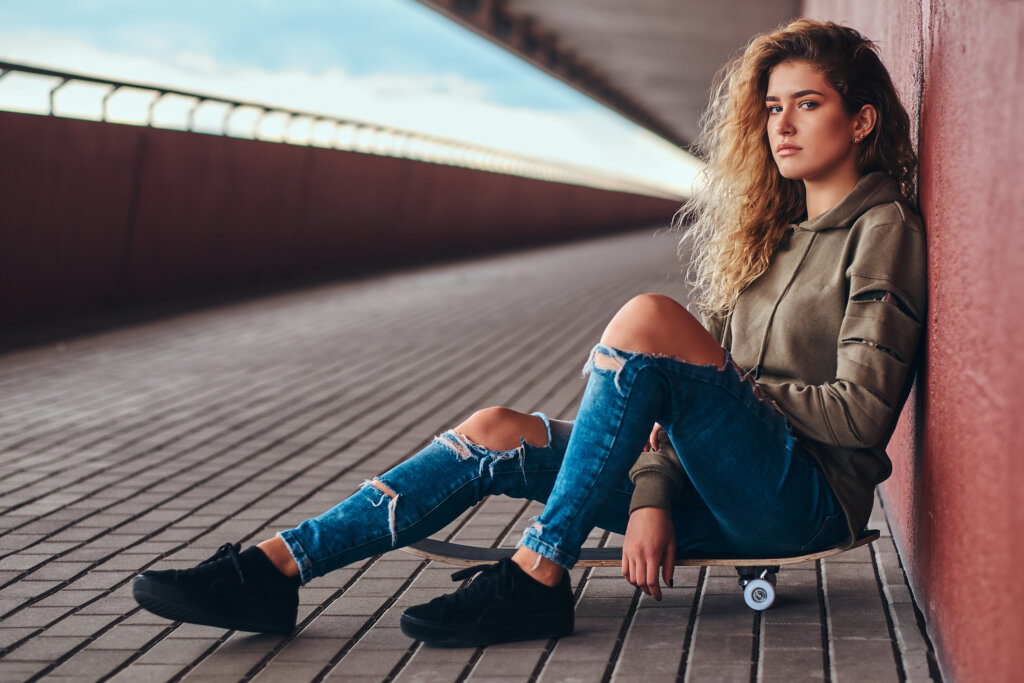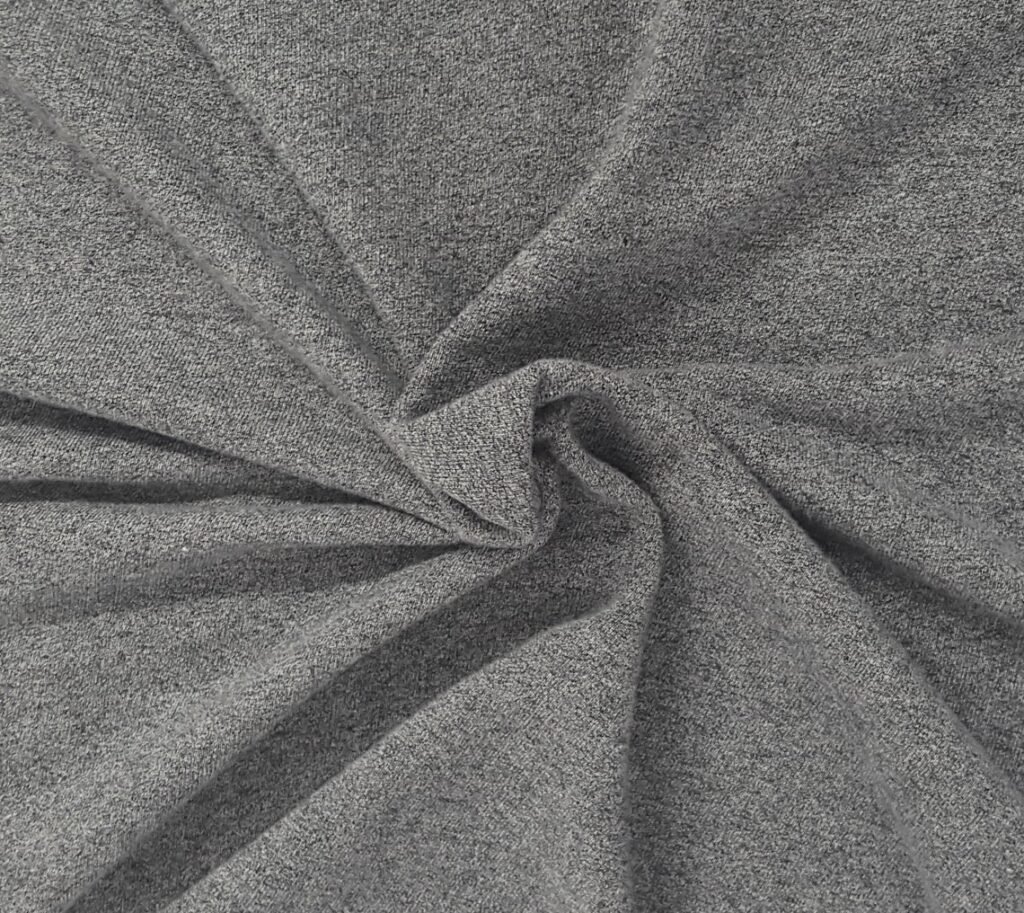
Clothing prototype makers are crucial—but how do you find the right one? And what’s the difference between a sample and a prototype? Do you even need both? In 2025, these are the questions every emerging designer and established brand must ask before moving into production.
The fashion industry is growing. With the expectations for better fits, shorter lead times, and constant quality, the formerly simple reshaping of sizing has now imposed more demands on brands to rely on experienced apparel prototype manufacturers and efficient clothing sample makers. Skipping this whole step of development for apparel into prototype manufacturers and sample makers could result in costly returns, failed launches, and missed deadlines.
Let us take, for instance, that you’re building a brand new line for sustainable outerwear about which you’ll be testing the design in terms of fit, durability, and appeal-the main elements that make prototype clothing essential. Each stage, from the first tech pack to your last prototype garment, must be refined.
Companies like Ludyway make it even easier by connecting you with skilled garment sample makers across the USA. This platform can facilitate connections between designers and skilled clothing prototype manufacturers, streamlining the development process.
This article will break down the prototyping process. We’ll explain the role of apparel sample makers, the difference between samples and product development, and how to navigate 2025’s production landscape.
What is a “Prototype”?
In fashion, a prototype refers to the initial physical representation of a garment design. It’s a crucial step in the product development process, allowing designers to assess the feasibility, fit, and aesthetics of their concepts before mass production.
Clothing prototype makers utilize technical specifications, known as tech packs, to construct these prototypes. This stage involves selecting appropriate fabrics, determining construction methods, and ensuring the garment meets design intentions. By creating a prototype, designers can identify and rectify potential issues, such as fit discrepancies or material incompatibilities, early in the development cycle.
Prototyping is not limited to new designs; it’s also essential when modifying existing products or introducing variations. Engaging with proficient apparel prototype manufacturers ensures that the prototype accurately reflects the intended design, setting the foundation for successful production.
Want to know Top 5 USA Clothing Manufacturers Leading the Fashion Industry in 2025 | Read this blog
What is a “Sample”?
A sample is a refined version of the prototype, representing the final product intended for mass production. While prototypes focus on testing design concepts, samples are used for marketing, sales, and final approval purposes.
Clothing sample makers craft these samples using production-ready materials and techniques. The goal is to showcase the garment’s final appearance, fit, and quality. Samples are often presented to buyers, used in photoshoots, or displayed at trade shows to generate interest and secure orders.
It’s common to produce multiple sample types, including:
- Sales Samples: Used to demonstrate the product to potential buyers.
- Pre-Production Samples: Finalized versions for approval before mass production.
- Size Set Samples: Representing each size to ensure consistent fit across the range.
Collaborating with skilled garment sample makers ensures that samples accurately reflect the final product, facilitating smoother transitions into production.
What is “Product Development”?
Product development in fashion encompasses the entire journey from initial concept to final product delivery. It involves multiple stages, including design, prototyping, sampling, and production.
Key components of product development include:
Effective product development requires collaboration between designers, clothing prototype manufacturers, and clothing sample makers. This collaborative approach ensures that the final product aligns with the original vision while meeting quality and market standards.
What is Apparel Prototyping?
Apparel prototyping is the process of creating preliminary versions of garments to evaluate design concepts, fit, and functionality. This phase is essential for spotting and fixing possible problems prior to mass production.
The prototyping process involves:
- Pattern Development: Translating design sketches into patterns.
- Material Selection: Choosing appropriate fabrics and trims.
- Construction: Assembling the garment to test design elements.
- Evaluation: Assessing fit, comfort, and overall aesthetics.
Collaborating with skilled apparel prototype manufacturers ensures that prototypes accurately reflect design intentions, facilitating smoother transitions into sampling and production phases.
Prototype or Sample Clothing
Understanding the distinction between prototypes and samples is crucial for efficient product development.
- Prototypes: Early-stage versions focusing on testing design feasibility, fit, and construction methods. They are instrumental in identifying potential issues before moving to production.
- Samples: Finalized versions used for marketing, sales, and final approvals. They represent the product’s intended appearance and quality.
Both stages are essential. Skipping prototyping can lead to costly errors during production, while neglecting sampling may result in misaligned expectations with buyers or consumers. Engaging with experienced clothing prototype makers and clothing sample makers ensures a comprehensive development process.
Sample Maker vs. Product Development
While both roles are integral to bringing a fashion product to life, sample makers and product developers have distinct responsibilities.
Sample Makers:
- Focus on constructing physical samples based on provided specifications.
- Possess expertise in sewing, pattern making, and garment construction.
- Work closely with designers to ensure samples meet design expectations.
Product Developers:
- Oversee the entire product development process.
- Coordinate between design, sampling, and production teams.
- Ensure that the product aligns with brand standards, timelines, and budgets.
In essence, sample makers bring designs to life through tangible samples, while product developers manage the broader process, ensuring a cohesive journey from concept to consumer.
Why Apparel Prototypes Matter in 2025
In the fast-paced fashion industry of 2025, apparel prototypes are more critical than ever. They serve as a safeguard against costly production errors and ensure that designs meet consumer expectations.
Key reasons for their importance include:
- Quality Assurance: Prototypes allow for thorough testing of materials and construction methods.
- Cost Efficiency: Identifying issues early reduces the risk of expensive corrections during production.
- Market Responsiveness: Rapid prototyping enables brands to adapt quickly to emerging trends.
- Sustainability: Minimizing waste through accurate prototyping aligns with eco-conscious consumer values.
Investing in comprehensive apparel prototyping processes positions brands for success in a competitive market.
Stages of Creating an Apparel Prototype
Developing an apparel prototype involves several meticulous steps:
Each stage requires collaboration between designers and clothing prototype makers to ensure the prototype aligns with the envisioned product.
Types of Prototypes in Fashion
Various prototype types serve different purposes in the fashion development process:
- Fit Prototypes: Focus on assessing garment fit and sizing.
- Design Prototypes: Evaluate aesthetic elements, such as color and embellishments.
- Pre-Production Prototypes: Final versions used to confirm readiness for mass production.
- Sales Samples: Created for marketing and buyer presentations.
Understanding the function of each prototype type enables designers to effectively plan and execute their product development strategies.
The Role of Clothing Sample Makers in 2025
In 2025, clothing sample makers are integral to the fashion industry’s evolution. Their expertise ensures that designs are accurately translated into tangible samples, facilitating successful product launches.
Responsibilities include:
- Interpreting Tech Packs: Understanding detailed design specifications.
- Material Handling: Working with various fabrics and trims to achieve desired outcomes.
- Construction Techniques: Employing advanced sewing and assembly methods.
- Quality Control: Ensuring samples meet established standards.
By collaborating with proficient clothing sample makers, designers can confidently present their products to stakeholders and consumers.
How to Choose the Right Clothing Prototype Makers
Selecting the right clothing prototype maker involves careful consideration:
Utilizing resources like Ludyway can aid in identifying reputable clothing prototype makers suited to your project’s needs.
Ludyway: Your Bridge to Prototype Success
If you’re unsure where to find top clothing prototype manufacturers, try Ludyway. It’s a trusted platform that connects brands with skilled apparel sample makers and USA factories.
Ludyway helps:
- Startups find garment sample makers fast
- Reduce risks in the prototyping phase
- Improve communication with vendors
- Simplify the sampling and manufacturing process
By using Ludyway, many brands launch faster, with fewer errors and better quality.
Finding the Right Prototype Clothing Manufacturer
Selecting the appropriate clothing prototype manufacturer is pivotal to the success of your fashion line. Consider the following factors:
Platforms like Ludyway can assist in connecting designers with reputable clothing prototype manufacturers, streamlining the selection process.
Benefits of Working with Prototype Clothing Experts
Engaging with experienced prototype clothing professionals offers numerous advantages:
- Precision: Accurate translation of designs into physical garments.
- Efficiency: Streamlined development processes reduce time to market.
- Innovation: Access to advanced techniques and materials.
- Risk Mitigation: Early identification of potential issues prevents costly errors.
- Collaboration: Expert insights contribute to product refinement and success.
Partnering with skilled clothing prototype makers enhances the overall quality and market readiness of fashion products.
Challenges in Clothing Prototyping
Despite its importance, clothing prototyping presents several challenges:
- Material Limitations: Sourcing specific fabrics or trims can be difficult.
- Communication Gaps: Misunderstandings between designers and prototype makers may arise.
- Time Constraints: Tight deadlines can impact the thoroughness of prototyping.
- Cost Considerations: Prototyping expenses must be balanced within budgets.
Addressing these challenges requires proactive planning, clear communication, and collaboration with experienced
2025 Trends in Apparel Prototyping
In 2025, expect to see:
| Trend | Impact on Prototyping |
| 3D Sampling | Cuts prototyping time in half |
| On-demand Manufacturing | Reduces waste, better fits market demand |
| Eco-friendly Prototyping | Uses recycled fabrics and biodegradable threads |
| Digital Tech Packs | Streamlines communication with clothing prototype manufacturers |
As fashion gets more digital and sustainable, clothing sample makers must adapt or fall behind.
Cost of Creating a Clothing Prototype in 2025
| Service | Average Cost (USD) |
| Tech Pack Development | $100–$500 |
| Fit Sample | $80–$300 per style |
| Pre-Production Sample | $100–$500 depending on complexity |
| Full Apparel Prototyping Package | $500–$2000 for full-line sampling |
Costs vary by region and design complexity. But investing in a solid prototype fashion always pays off.
Final Thoughts
In 2025, brands must treat apparel prototyping as the backbone of their product development. Partnering with skilled clothing prototype makers saves money, improves quality, and builds consumer trust.
Whether you need a single piece or a full line, working with reliable apparel prototype manufacturers is essential. Platforms like Ludyway make this journey easier. They help you find the right clothing sample makers, manage your timeline, and ensure a successful launch.
By focusing on quality prototype clothing, you increase your chances of creating a standout brand.


